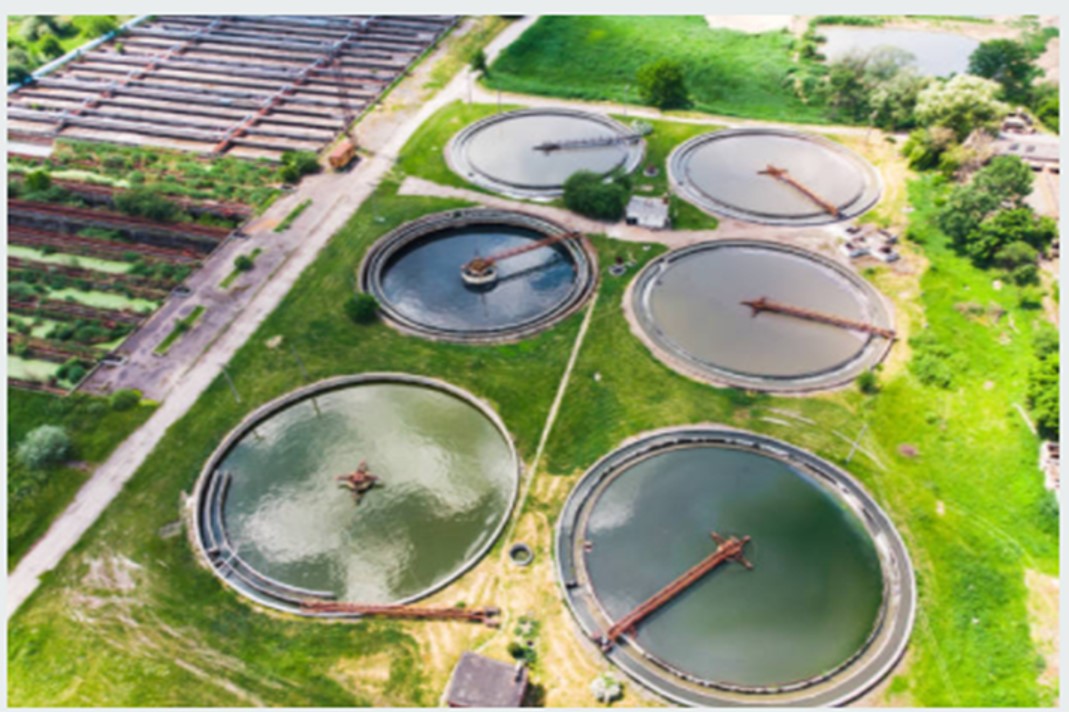$200B in Hydrogen Exports by 2050
The Gulf Cooperation Council (GCC) Countries could raise as much as $200 billion a year in revenues from the production of green hydrogen by 2050 according to the Dubai-based Sii Desert Energy and Germany’s Roland Berger. In a report, the consultancies said that the GCC had become a global hub for large-scale renewable energy projects…




